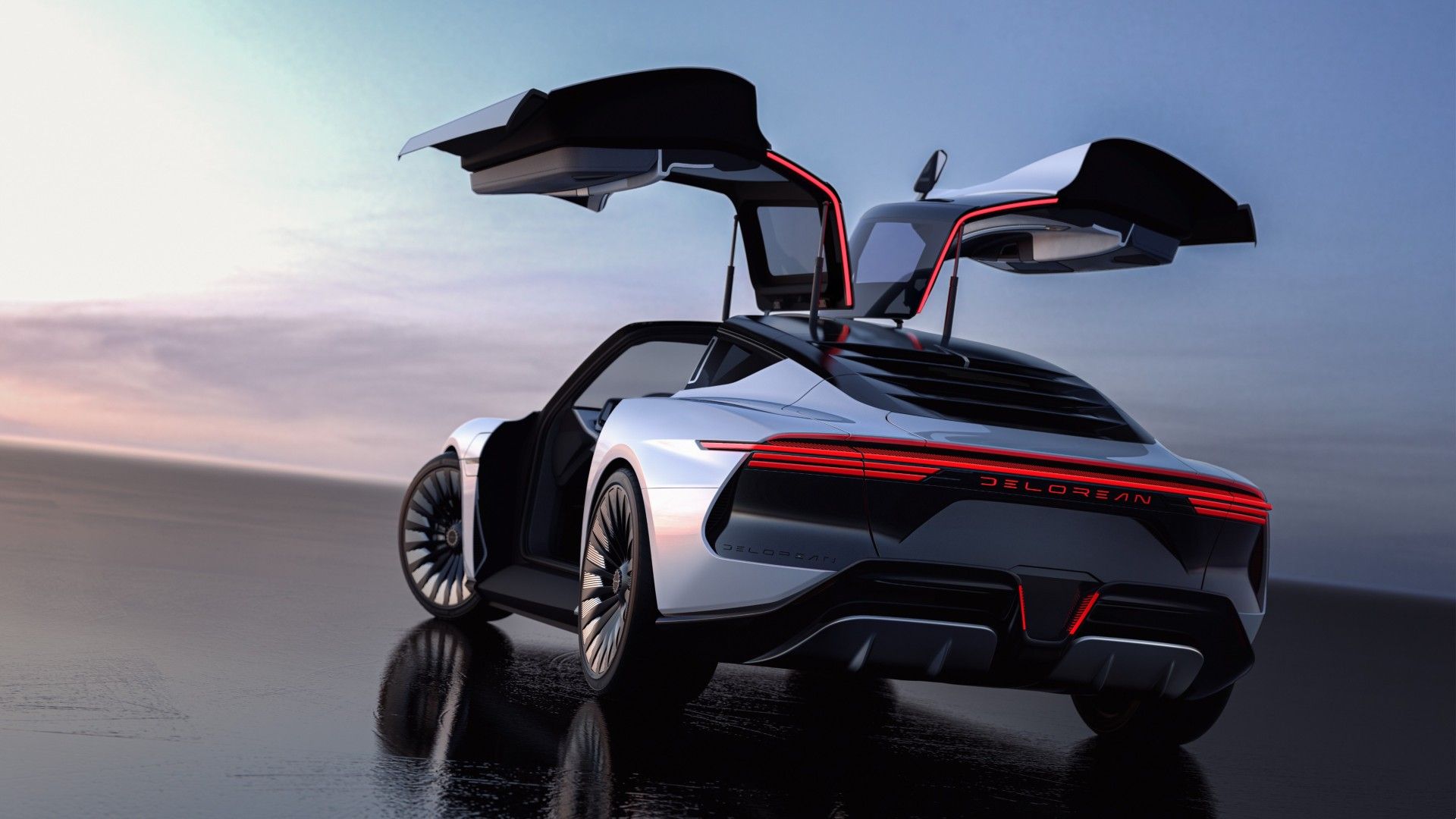The Future of Electric Cars What to Expect by 2030
Electric vehicles (EVs) are no longer just a futuristic dream — they are rapidly becoming the present and the future of global transportation. With advancing technology, growing environmental awareness, and strong government support, the world is accelerating toward an electric future. But what exactly can we expect from electric cars by 2030?
In this article, we’ll explore the top trends, technologies, and transformations shaping the EV landscape for the rest of the decade.

⚡ 1. Explosive Growth in EV Adoption
By 2030, experts predict that electric cars will account for over 60% of new car sales globally. Countries like Norway, Germany, China, and the UK are setting aggressive targets to phase out internal combustion engines. Automakers are also pledging to go fully electric — with companies like Volvo, GM, and Jaguar committing to 100% electric production lines by the early 2030s.
Key Drivers of Growth:
Rising fuel costs
Improved battery range
Government incentives and tax breaks
Expanding charging networks
🔋 2. Breakthroughs in Battery Technology
The biggest bottleneck for EVs — battery limitations — is rapidly being solved. By 2030, expect:
Solid-state batteries that offer greater energy density, faster charging, and longer lifespan
Reduced reliance on rare earth materials like cobalt
Faster charging times — potentially reaching 80% charge in under 10 minutes
This will make EVs more affordable, practical, and attractive for everyday users.
🌍 3. Eco-Friendly and Sustainable Manufacturing
As we shift to EVs to cut carbon emissions, there is growing pressure to green the entire EV supply chain. Manufacturers are:
Designing recyclable battery systems
This means that by 2030, EVs won’t just be clean on the road — they’ll be clean from factory to finish.
🧠 4. Smarter and More Connected Cars
Electric vehicles are often referred to as “smartphones on wheels.” By 2030, they’ll be even smarter:
Advanced driver assistance systems (ADAS) and AI-based driving
Over-the-air updates for software, safety, and entertainment
Full integration with autonomous driving platforms
Many EVs will offer Level 3 or higher autonomy, where the car can manage driving in most conditions with little human input.

🔌 5. Massive Expansion of Charging Infrastructure
One of the biggest current concerns for EV owners is access to charging stations. By 2030, that will change dramatically:
Charging stations will be as common as gas stations
Ultra-fast chargers will reduce charging time to under 15 minutes
Wireless (inductive) charging on roads and parking spaces will become more common
Smart grid technology will allow EVs to give back energy to the grid during peak demand
🚙 6. More Affordable Electric Cars
In 2025-2030, the cost of owning an EV will match or undercut gasoline cars. This is due to:
Cheaper battery production
Greater competition among automakers
Government subsidies and tax incentives
Lower maintenance and fuel costs
Even budget EVs will come equipped with modern safety, infotainment, and autonomous features.
🌐 7. Global Policy Shifts and Ban on Gasoline Cars
By 2030, many countries are expected to ban the sale of new petrol and diesel cars entirely. Policies supporting electric mobility will include:
Zero-emission zones in cities
Increased taxes on fossil-fuel cars
EV-only lanes or parking spaces
International climate agreements targeting net-zero emissions
These regulatory changes will further accelerate EV adoption worldwide.

🚀 Final Thoughts
The future of electric cars is not just bright — it’s revolutionary. By 2030, EVs will dominate showrooms, redefine sustainability, and reshape how we drive, charge, and interact with vehicles. Whether you’re an early adopter or just starting to explore the idea, now is the perfect time to get plugged into the electric revolution.

